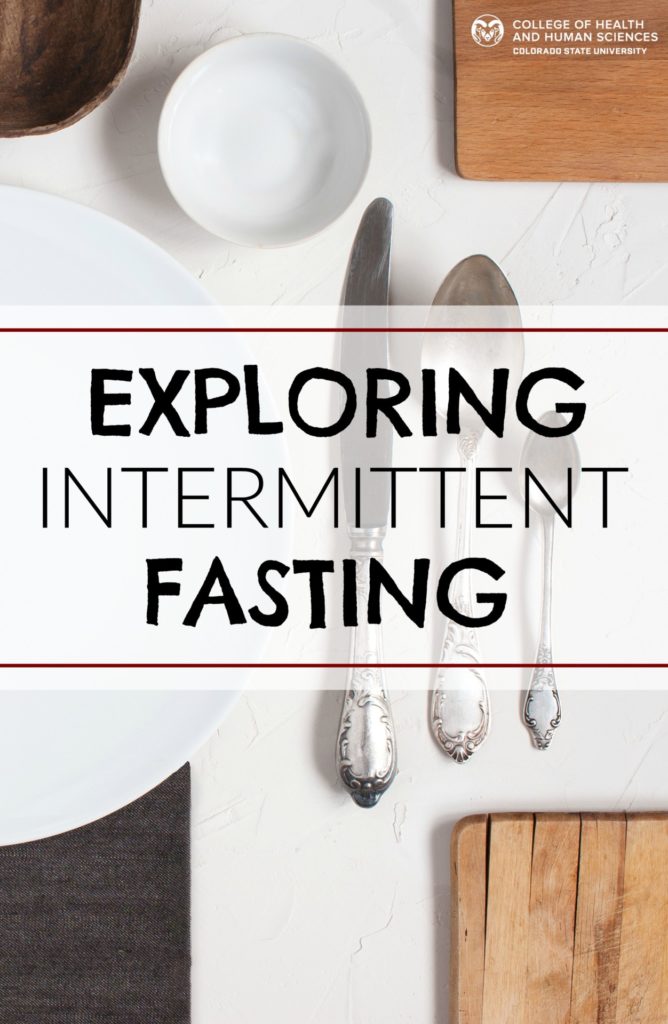 Intermittent fasting continues to be a trendy topic, promoted by numerous books as the ultimate path to healing and weight loss. Fasting is defined as the voluntary avoidance of food and drink for long periods of time. People have practiced various forms of fasting in accordance with their religious and cultural beliefs for centuries, and some cultures still adhere to strict fasting practices for these reasons. Other individuals consider fasting an eating style to achieve weight loss and other health benefits.
Intermittent fasting continues to be a trendy topic, promoted by numerous books as the ultimate path to healing and weight loss. Fasting is defined as the voluntary avoidance of food and drink for long periods of time. People have practiced various forms of fasting in accordance with their religious and cultural beliefs for centuries, and some cultures still adhere to strict fasting practices for these reasons. Other individuals consider fasting an eating style to achieve weight loss and other health benefits.
Intermittent fasting typically involves avoiding or drastically restricting calories on one or two days per week while eating normally on other days. Different types of fasting one may encounter include:
Alternate-day fasting – Alternating days of consuming no calorie-containing foods or beverages with days spent enjoying food & drink at one’s pleasure.
Modified fasting regimens – Energy restriction of 20-25% of one’s needs for 2 nonconsecutive days a week and eating at one’s pleasure the other 5 days.
Time-restricted fasting – Consumption of food and beverages during certain time windows throughout the day. One limits the amount of time with access to food. Time windows usually involve sleep.
Religious practice fasting – Wide variety done for religious and spiritual purposes. For example, during the holy month of Ramadan where there is no consumption from dawn to sunset.
Potential Problems With Fasting
Fasting, aside from leading to feelings of increased hunger, can also cause individuals to feel irritable, cold, tired or fatigued. These side effects make fasting unsustainable for many people. Also, studies of populations that practice fasting for religious reasons have shown that much of the weight lost during a fast is regained shortly after the fasting period. In addition, fasting can be problematic for those with hypoglycemia or anyone taking heart or diabetes medications.
What Scientific Studies Show
The Academy of Nutrition and Dietetics compiled a review of studies on the effects of various fasting patterns on the health and weight of rodents and humans. While studies of rodents showed possible improvements in health related to decreased risk for obesity, fatty liver disease, diabetes, and cancer, there is little scientific evidence that intermittent fasting leads to sustainable weight loss or a reduction in factors linked to chronic disease in humans.
Circadian Rhythm: The Body’s Clock
Instead of fasting for health or weight loss, consider eating and drinking less toward the end of the day. The human body functions differently during the day than it does at night. Many bodily processes (including digestion) slow when it is dark and/or cold outside and speed back up when it is lighter and warmer. Both human and animal studies have shown that eating in accordance with our body’s internal clock may be a better approach to a healthful eating lifestyle – consuming the majority of your daily calories early in the day may lead to greater and more sustainable health benefits and weight loss.
Bottom Line
There is little data to support regular adoption of intermittent fasting. While there is data in mice, the evidence in humans is minimal, and what is there does not demonstrate significant benefits of the practice. Does this mean you should never practice it? Of course not. That can happen in the normal course of our lives. In fact, occasional fasting falls in line with a practice that we talk about often in the KRNC: Normal Eating.
What is Normal Eating? To quote Ellyn Satter, MS, RDN, and recognized authority on nutrition for families:
“Normal eating is going to the table hungry and eating until you are satisfied… Normal eating is being able to give some thought to your food selection so you get nutritious food, but not being so wary and restrictive that you miss out on enjoyable food… In short, normal eating is flexible. It varies in response to your hunger, your schedule, your proximity to food, and your feelings.”
-Ellyn Satter
For more health tips and recipes, visit the Kendall Reagan Nutrition Center’s website, as well as the College of Health and Human Sciences Pinterest board.